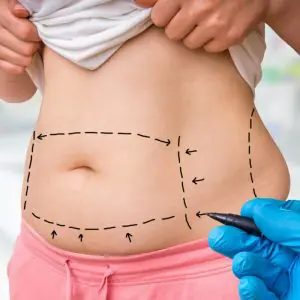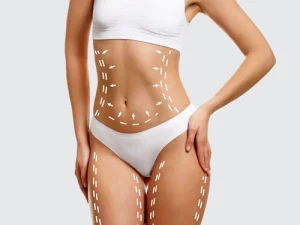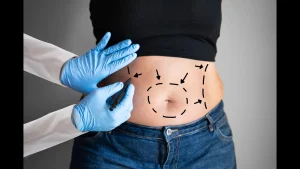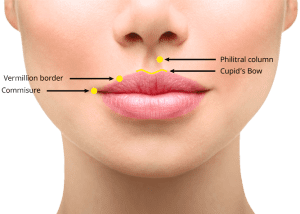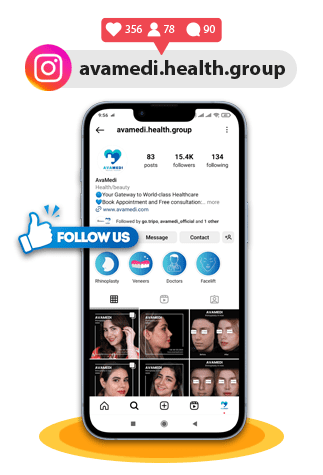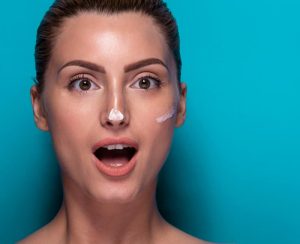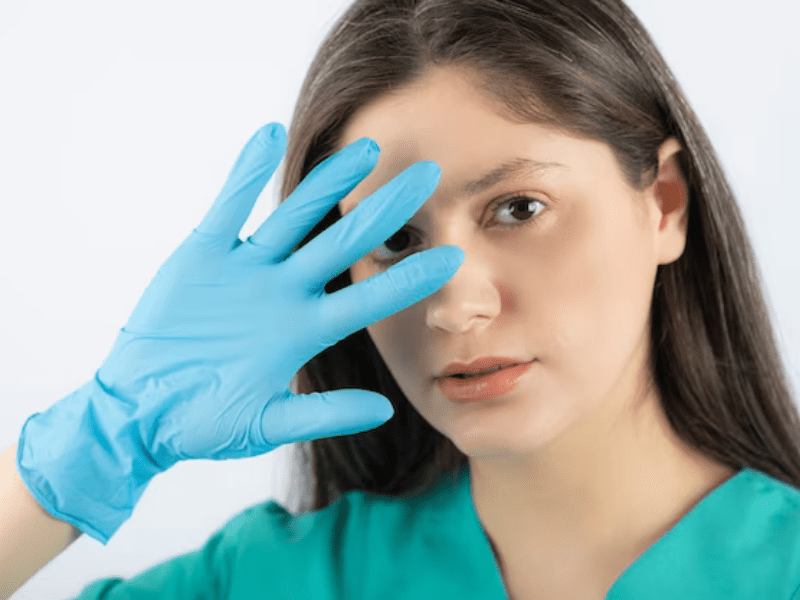Bulbous Nose Tip Surgery Recovery Steps
Bulbous nose tip surgery recovery is a relatively straightforward process, causing minimal disruption to the patient’s daily routine. In the days and weeks following the procedure, the patient may experience mild discomfort and swelling, which can be managed with over-the-counter pain medications and cold compresses. Immediately after the surgery, some bruising and swelling around the nose may occur, but these symptoms should diminish within a few days. Temporary numbness around the nose is normal and typically resolves within a few weeks. For at least two weeks post-surgery, the patient should refrain from strenuous activities and contact sports, minimizing any direct touching of the nose during the recovery period. Regular application of ointment is essential to reduce crusting or scabbing. Wearing glasses or sunglasses on the nose should be avoided for at least two weeks. After the initial two-week period, the patient can gradually resume normal activities but should avoid any activities involving direct contact with the nose until approved by their surgeon. While the final results of bulbous tip nose surgery may not be immediately apparent, they should become more visible over the next year. Adhering to post-operative instructions from the surgeon is crucial for ensuring the best outcome and a swift recovery.
Avamedi offers multiple other services such as Rhinoplasty in Iran.
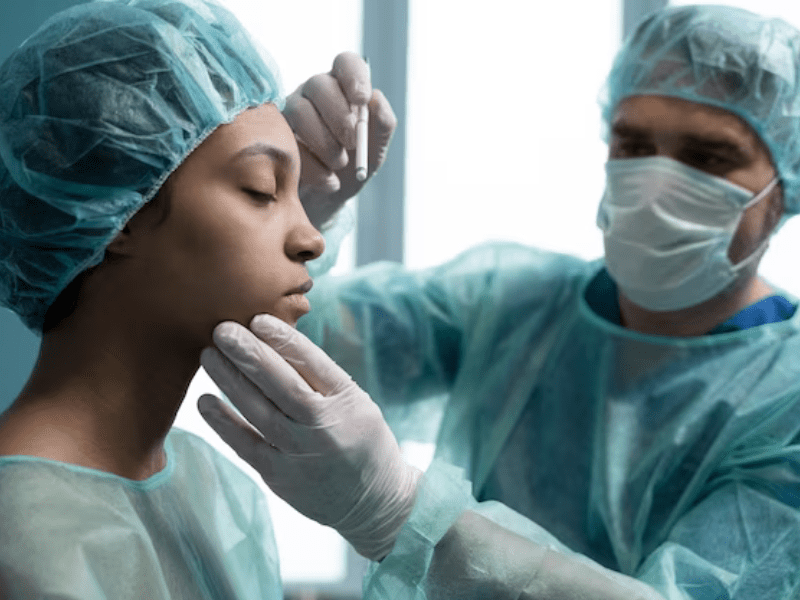
What is a Bulbous Tip?
A bulbous tip is a nose shape characterized by a rounded and protruding tip. This nose shape is prevalent across various ethnicities and results from an accumulation of fatty tissue at the lower part of the nose, creating a more rounded appearance. The bulbous tip is frequently perceived as attractive and is considered a symbol of beauty, especially in Western cultures. However, some individuals may feel that their bulbous tip is excessively large or prominent, leading them to explore cosmetic procedures to reduce its size.
Click (Speed Up Your Nasal Tip Surgery Recovery Time) to read the article.
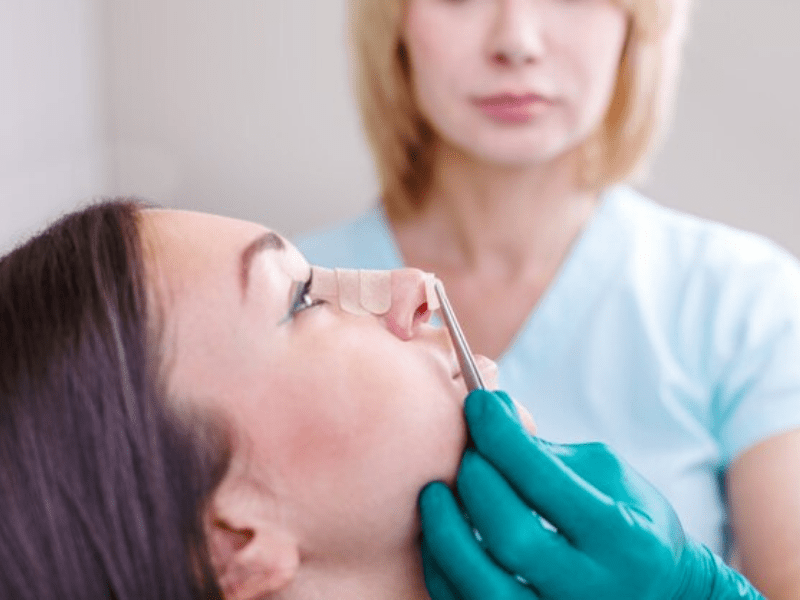
Bulbous Nose Tip surgery Procedure
Bulbous Tip Rhinoplasty is a cosmetic surgery procedure designed to modify the nose’s shape, typically by reducing the size of the tip. The objective is to create a more refined and aesthetically pleasing nose that harmonizes better with the overall facial proportions. This surgery is often chosen to address concerns such as an excessively large or drooping nasal tip, enhance tip definition, or correct a crooked or off-center nose. The procedure is conducted under general anesthesia, commencing with the surgeon making small incisions within the nostrils. Through these incisions, the surgeon gains access to the underlying cartilage and bone, which are then reshaped to achieve the desired nasal tip. Sutures or other techniques may be employed to modify the size and shape of the nasal cartilage and bone, and grafts or other methods may be utilized to refine the nasal tip. After attaining the desired shape and size, the incisions are closed, and the nose is left to undergo the healing process. Bulbous nose tip surgery recovery typically spans about two weeks, during which patients are advised to avoid activities that may exert pressure on the nose, such as strenuous exercise or contact sports. The final results become apparent approximately six months post-surgery, once all post-operative swelling has subsided.
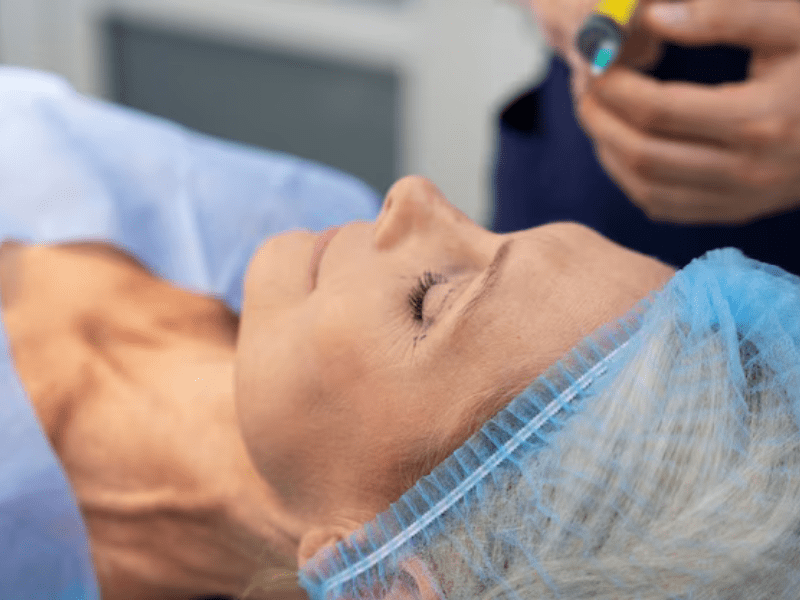
What Are the Treatments for Bulbous Nose Tips?
Rhinoplasty surgery stands as the most effective contemporary treatment for a bulbous nose. Utilizing specialized surgical techniques, it can enhance the bulbous tip and reshape small cartilage edges while preserving the integrity of your nasal structure. Through tailored suturing techniques for bulbous noses, rhinoplasty has the capacity to produce a more defined, natural-looking nasal tip. In cases where patients have thicker skin, additional steps like thinning the nasal tip may be necessary to ensure enduring, high-quality results, addressing both functional and aesthetic aspects.
-
Cartilage Removal and Shaping:
Through the meticulous removal of cartilage from the nasal tip and the careful reshaping or refining of the remaining cartilage, our highly skilled surgeons can effectively reduce both the size and roundness of your bulbous nose tip. This results in a comprehensive enhancement of your nasofacial appearance.
-
Open vs Closed Rhinoplasty for Bulbous Tip Reshaping:
When addressing a bulbous nose tip through rhinoplasty, minor adjustments can be made using the closed rhinoplasty technique. However, for more advanced reshaping, the open rhinoplasty technique may be employed, providing better access and allowing for more extensive cartilage removal and nose tip shaping. In a closed rhinoplasty, all incisions are made inside the nostrils, minimizing the risk of visible scarring. On the other hand, open rhinoplasty involves an incision across the columella (the strip of tissue dividing the nostrils), along with additional incisions inside the nostrils. Although a small incision is made on the visible skin of the nose with the open method, it is typically inconspicuous and tends to heal well.

Bulbous Nose Tip Surgery Recovery; Dos & Don’ts
Bulbous nose tip surgery recovery typically takes around 1.5-2 weeks. The cast and stitches are removed approximately a week after the surgery, and the taping is taken off in the subsequent days. While some residual swelling may persist, it is not prominently noticeable. The gradual reduction of swelling can be observed: by three weeks post-procedure, it diminishes by 20-30%, at six weeks post-procedure, it reaches 50-60%, and after a year, it is completely resolved. Notably, the healing of the tip tends to take the longest.
Here are some dos and don’ts after bulbous nose tip surgery;
-
Don’t Overexert Yourself:
Take a break from demanding activities, especially heavy housework, after your surgery. The timing for resuming your regular daily routine will depend on your healing progress and the level of strenuousness involved in your work. Most individuals can resume normal activities within a three-week period. Typically, patients can resume driving 5-7 days post-operation, participate in non-contact sports after 3-4 weeks, engage in contact sports after 6 weeks, and participate in face-first activities such as diving after 8-12 weeks.
-
Don’t Blow Your Nose or Sneeze:
During the bulbous nose tip surgery recovery time, it is advisable to refrain from blowing your nose or sneezing. Additionally, it is recommended to avoid yawning and laughing, and as challenging as it may be, minimize facial movements, especially those involving the nose. If sneezing becomes unavoidable, aim to expel through your mouth rather than your nose.
-
Keep Your Head Elevated:
After surgery during your bulbous nose tip surgery recovery time, it’s beneficial to maintain an elevated head position as much as possible. This can be achieved by sleeping with 2-3 pillows. The elevation of your head facilitates a more prompt reduction of swelling.
-
Take Pain Medication or Antihistamines as Needed:
Although pain medication is acceptable, especially in the initial stages, prolonged use may lead to constipation. It is recommended to switch to Tylenol as soon as possible.
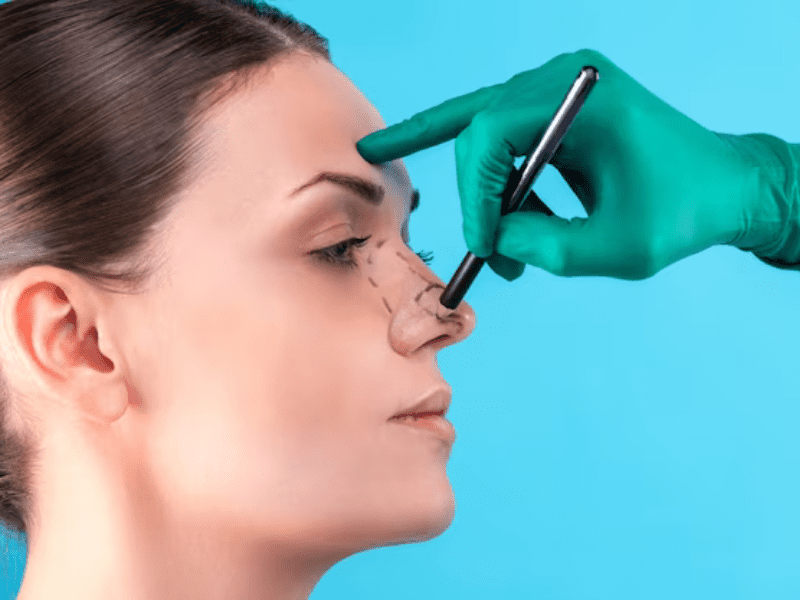
What is Different about Bulbous Nose Tip Rhinoplasty?
Bulbous nose rhinoplasty differs from other types of nasal surgeries as the surgeon not only reshapes the nose but may also address excess skin. Skin resurfacing might be employed to reduce the skin’s contribution to nasal imbalance. This rhinoplasty can be performed through an open or closed approach. In an open procedure, an incision is made across the strip of skin dividing the nostrils, providing the surgeon with increased access to problematic areas. Conversely, a closed procedure involves incisions made solely inside the nostrils, leaving no visible scars.
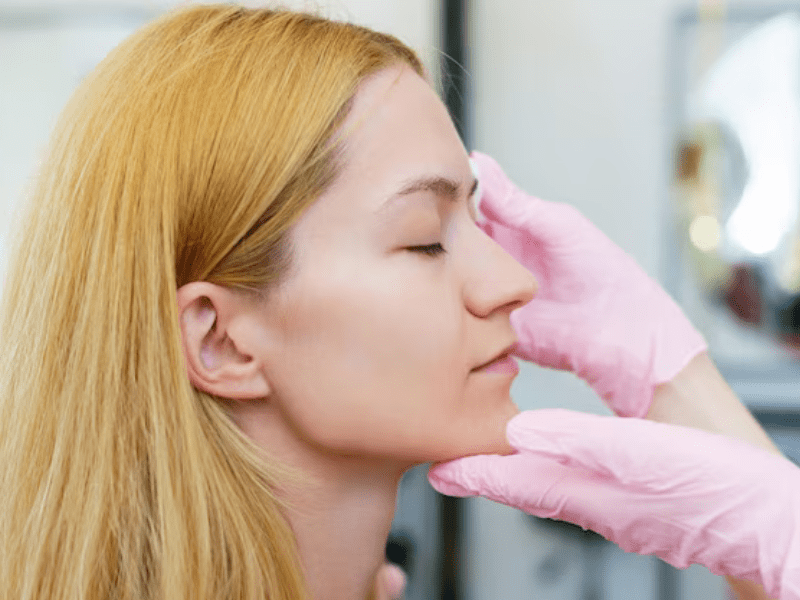
Conclusion
Patients often express that the “bulbous nose tip surgery recovery” was faster and less painful than expected. To ensure a cautious approach, it is advisable to plan for approximately 10 days off from work or regular activities. The initial recovery phase spans about 1-2 weeks, with the removal of cast and stitches typically occurring around the 7th day post-op. Although it may take up to a year for your nose to fully settle into its new shape, a significant reduction in swelling usually occurs within the first 3 months post-surgery. Light physical activity can be resumed after waiting about 3 to 4 weeks, while more strenuous activities or contact sports should be postponed for at least 6 weeks.
FAQs:
Is bulbous tip surgery painful?
The patient might encounter mild discomfort and swelling in the days and weeks following the procedure, which can be alleviated with over-the-counter pain medications and cold compresses.
Is it hard to fix a bulbous tip?
Reshaping the nasal tip, particularly in the case of a bulbous nose tip, presents one of the more intricate challenges in rhinoplasty. Various techniques are employed to reshape a bulbous nose, and the specific approach used will be determined by your individual case.
What is the hardest day after rhinoplasty?
The initial step: The day when the external splints and adhesives are removed is commonly regarded as a challenging moment in the rhinoplasty recovery process. Up until this point, your nose would have been supported by the splints. The removal process can lead to additional swelling and bruising around your nose and eyes.
How can I thin my bulbous nose without surgery?
A non-surgical nose job, often referred to as “liquid rhinoplasty,” involves injecting hyaluronic acid (HA) dermal fillers into the nose to make temporary adjustments to its shape. These dermal fillers are employed to reshape the contours of the nose, primarily focusing on small adjustments to the bridge of the nose.




